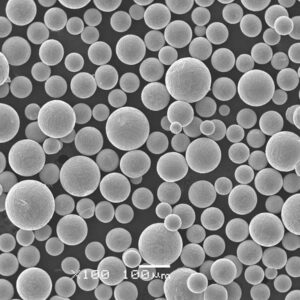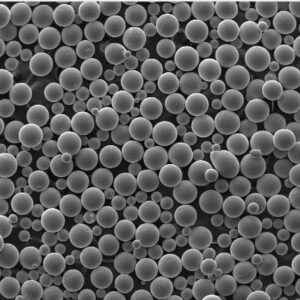Titanium Based Alloy Powder
Showing all 9 results
-

Best Ti-6Al-4V powder (TC4 Powder)for additive manufacturing
TC4 powder, also known as Ti-6Al-4V, is a titanium alloy…
-

TA15 Titanium Alloy Powder
TA15 powder belongs to the family of titanium alloys, which…
-

TC11 Powder : A Comprehensive Guide
TC11 powder, also known as Titanium Carbide 11, is a…
-

TC18 Powder : Unlocking the Power of Titanium Carbide
TC18 powder refers to a fine powder composed of titanium…
-

TC4 ELI Powder: Unlocking the Potential of Titanium Alloys
TC4 ELI powder is a titanium alloy known for its…
-

Ti22Al25Nb Powder
Ti22Al25Nb powder is an innovative alloy powder composed of titanium…
-

Ti45Al8Nb Powder
Ti45Al8Nb powder is a revolutionary material that has gained significant…
-

Ti48Al2Cr2Nb powder
Ti48Al2Cr2Nb powder is a remarkable alloy that has gained significant…
-

Titanium and aluminum TA7 powder
TA7 powder belongs to the family of titanium aluminides, which…
Copyright © 2025 Truer All Rights Reserved

